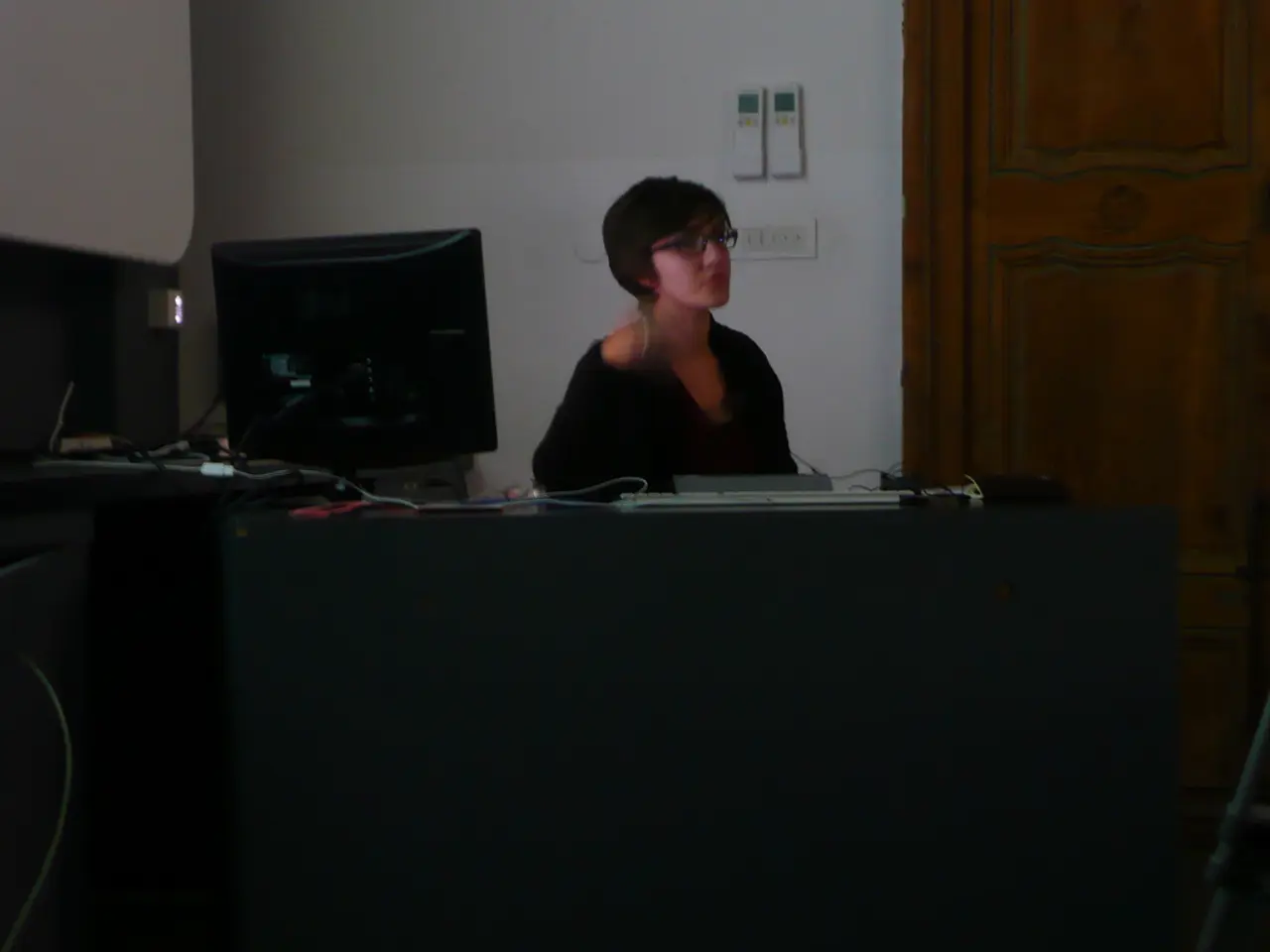Unraveling Surreptitious Digital Intrusions: Defining Them and Prevention Strategies
In today's digital world, cybersecurity has become a top priority for businesses. However, as more companies shift towards remote and hybrid work models, a lesser-known threat has emerged: visual hacking.
A 2016 study revealed that an alarming 91% of visual hacking attempts are successful. This form of cybercrime involves physically spying on someone's screen, documents, or work area to glean sensitive information. Unlike traditional hacking, visual hacking does not require technical know-how to get past digital defenses.
The consequences of visual hacking can be severe. The average data breach cost in the U.S. has risen to $9.44 million, according to recent reports. Prying eyes could potentially notice login credentials, trade secrets, customers' personal information, and more through visual hacking.
As businesses place more emphasis on remote cybersecurity best practices, it's crucial not to overlook visual hacking threats. Assessing vulnerabilities to visual hacking involves walking through the workspace and looking around at people's desks and devices to note how easy it is to see computer screens and physical documents.
To combat visual hacking, experts recommend implementing physical privacy measures. This includes using privacy screens or filters on monitors, arranging workspaces to minimize screen visibility to unauthorized persons, and enforcing clean desk policies to reduce sensitive information exposure.
Employees should also be trained to be aware of their screen surroundings. They should clean their desks before leaving them and put any sensitive documents away. It's also advisable for employees to turn their screens off before leaving them and sit with their backs to a wall if possible.
Remote or hybrid workers may spend time in coffee shops, co-working areas, or other public spaces where others can look over at what they're doing, making them more vulnerable to visual hacking. In such cases, implementing physical barriers can help stop visual hacking by blocking unauthorized people's view of screens and documents.
Automated monitoring software should also be used to watch for suspicious activity in company networks or financial accounts. Additionally, restricting access privileges makes it less likely that a malicious outsider will see sensitive information.
Employees should be informed about the risks of visual hacking and offered advice on how to prevent it. The principle of least privilege is one of the best security practices and helps reduce visual hacking risks. Companies should create and explain clean-desk policies for security reasons.
In conclusion, while visual hacking may not be as commonly discussed as traditional cyber threats, it poses a significant risk in today's digital landscape. By understanding this threat and implementing appropriate measures, businesses can help protect their sensitive information and maintain the trust of their customers.
Read also:
- Deepwater Horizon Oil Spill: BP Faces Record-Breaking Settlement - Dubbed 'Largest Environmental Fine Ever Imposed'
- Lawsuit of Phenomenal Magnitude: FIFA under threat due to Diarra's verdict, accused of player injustice
- Expansion of railway systems, implementation of catenary systems, and combating fires: SNCF adapting to the summer heatwave
- Citizen Thekla Walker, Minister, advises: "Let's focus on our own homes first"








